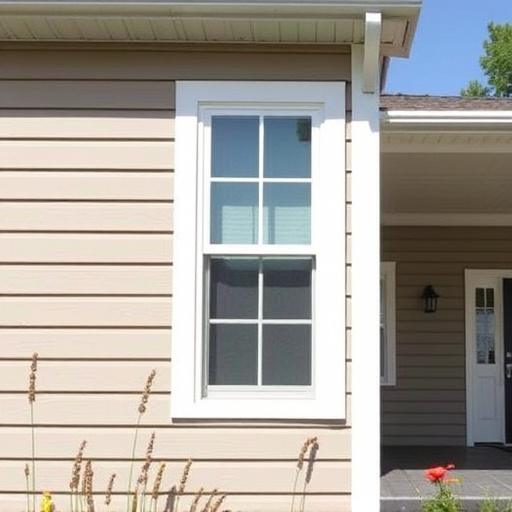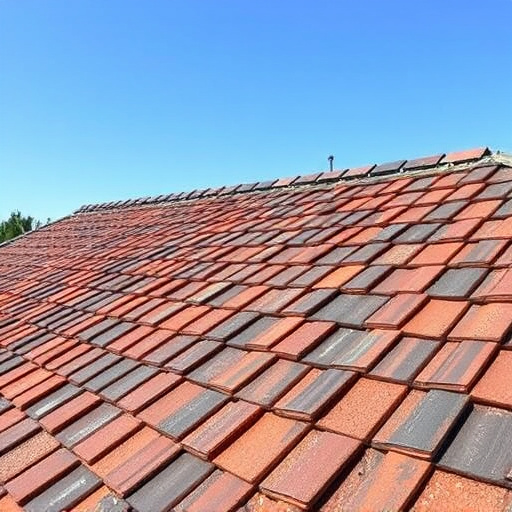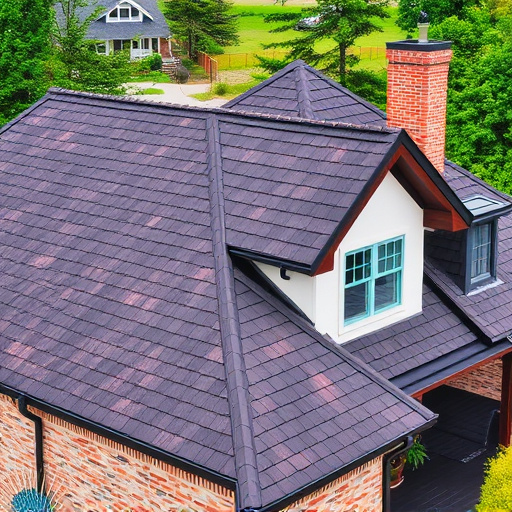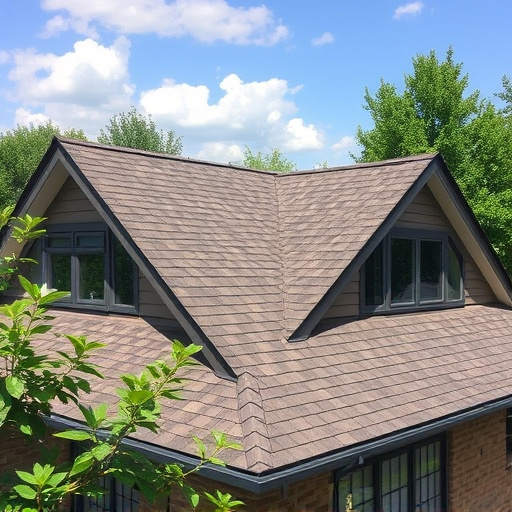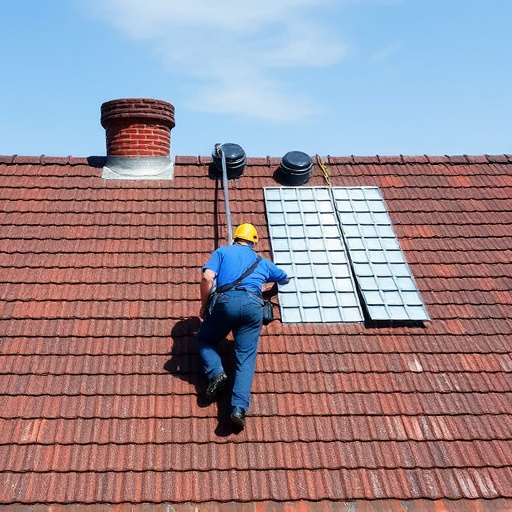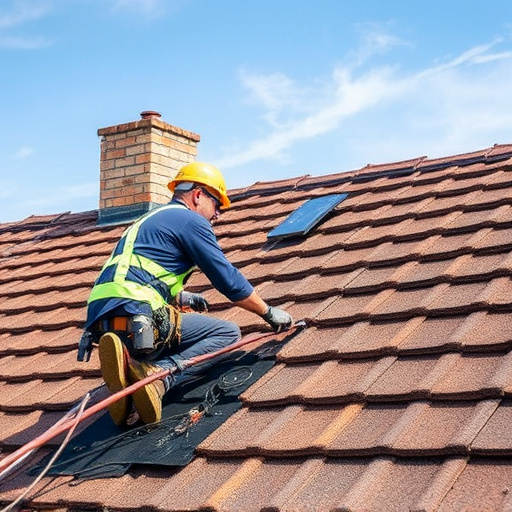Before roof installation, assess your current roof's condition and lifespan. Budget accordingly, comparing quotes from roofing professionals. Consider local weather patterns and environmental regulations to ensure a durable, functional, and aesthetically pleasing new roof.
Before scheduling roof installation, there are critical questions to ask. First, assess your roof’s current condition and remaining lifespan to ensure a timely replacement. Next, determine your budget and explore flexible payment options to fit your financial needs. Additionally, research local weather patterns and climate impacts on roofing to choose durable materials and extend the new roof’s life. By considering these factors, you’ll make informed decisions for a successful roof installation.
- Assess Roof's Current Condition and Lifespan Left
- Determine Your Budget and Explore Payment Options
- Research Local Weather Patterns and Climate Impacts on Roofing
Assess Roof's Current Condition and Lifespan Left
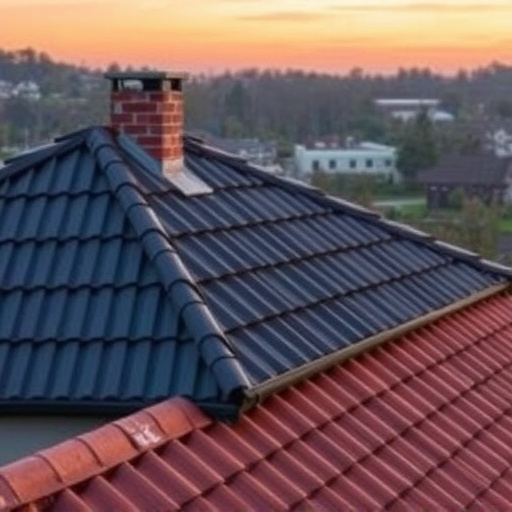
Before considering roof installation, it’s crucial to assess your current roofing system’s condition and remaining lifespan. This step is a fundamental part of any roof installation process because it helps determine whether a simple repair or replacement would be more suitable in the long run. By evaluating the state of your roof, you can make an informed decision about whether to invest in roof installation or opt for alternative solutions like siding replacement.
Regular inspection will reveal signs of wear and tear, including missing shingles, leaks, or structural damage. These issues may warrant immediate attention or a simple fix. If your roof is nearing the end of its expected lifespan—typically 20-30 years, depending on materials and installation quality—then scheduling roof installation might be necessary to ensure your home remains protected from the elements.
Determine Your Budget and Explore Payment Options

Before diving into the world of roof installation, it’s crucial to have a clear understanding of your financial constraints and options. Budgeting is an essential step in ensuring that the process is smooth and stress-free. Start by evaluating your current financial situation and deciding on a realistic amount you can afford to spend on this significant upgrade. Remember, roof installation costs can vary widely depending on factors like the size and complexity of the project, the materials chosen, and labor rates in your area.
Once you have a budget in mind, explore various payment options available. Many roofing companies offer flexible financing plans or credit options, making it easier to afford the installation without straining your finances. You might also consider comparing quotes from different professionals to find the best value for your money. This step will not only help you stay within your financial plan but also ensure you receive professional siding and home exterior services that align with your aesthetic and functional expectations.
Research Local Weather Patterns and Climate Impacts on Roofing
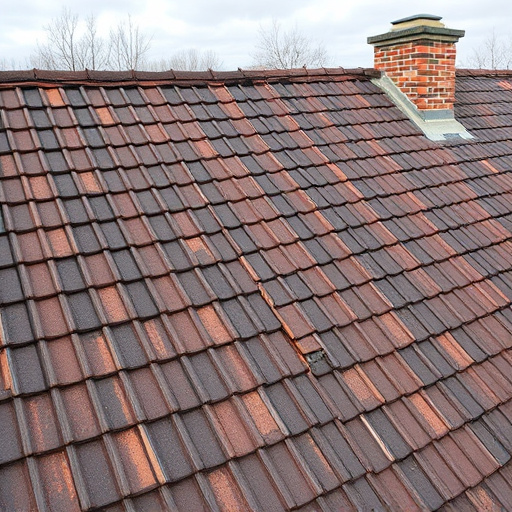
Before scheduling any roof installation, understanding the local weather patterns and their impact on roofing is a crucial step. Different climates demand specific considerations when it comes to materials and design. For instance, areas prone to heavy snowfall may require stronger, more durable roofs capable of withstanding significant weight. Conversely, regions with high humidity levels need roofing solutions that can effectively manage moisture to prevent rot and mold. Researching these factors ensures the longevity and performance of your new roof.
Additionally, considering the broader environmental context is vital. Local regulations regarding energy efficiency and sustainable building practices might influence your choices. Homeowners seeking both efficient home service solutions and long-lasting roofs should explore options that align with their region’s unique weather patterns and ecological considerations. This proactive approach to roof installation translates into better protection for your home, reduced maintenance costs over time, and a more harmonious integration of your dwelling with its surroundings.
Before scheduling roof installation, carefully assess your roof’s current state, set a realistic budget, and understand how local weather patterns can impact its longevity. By considering these key factors, you’ll be well-prepared to make informed decisions for your upcoming roof installation project.
